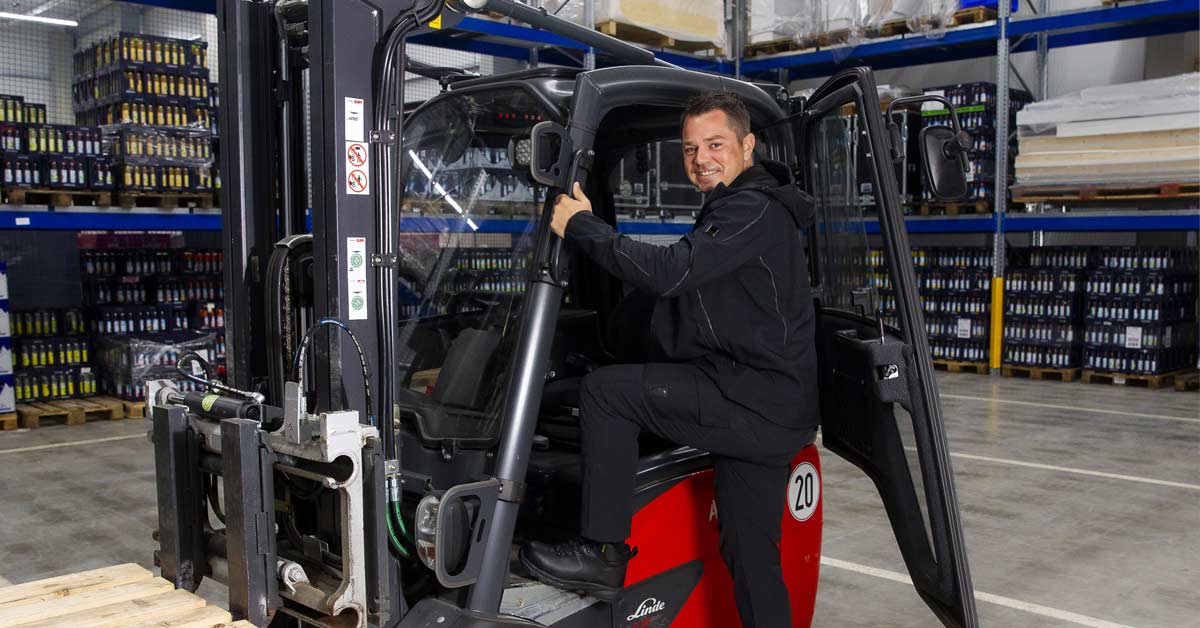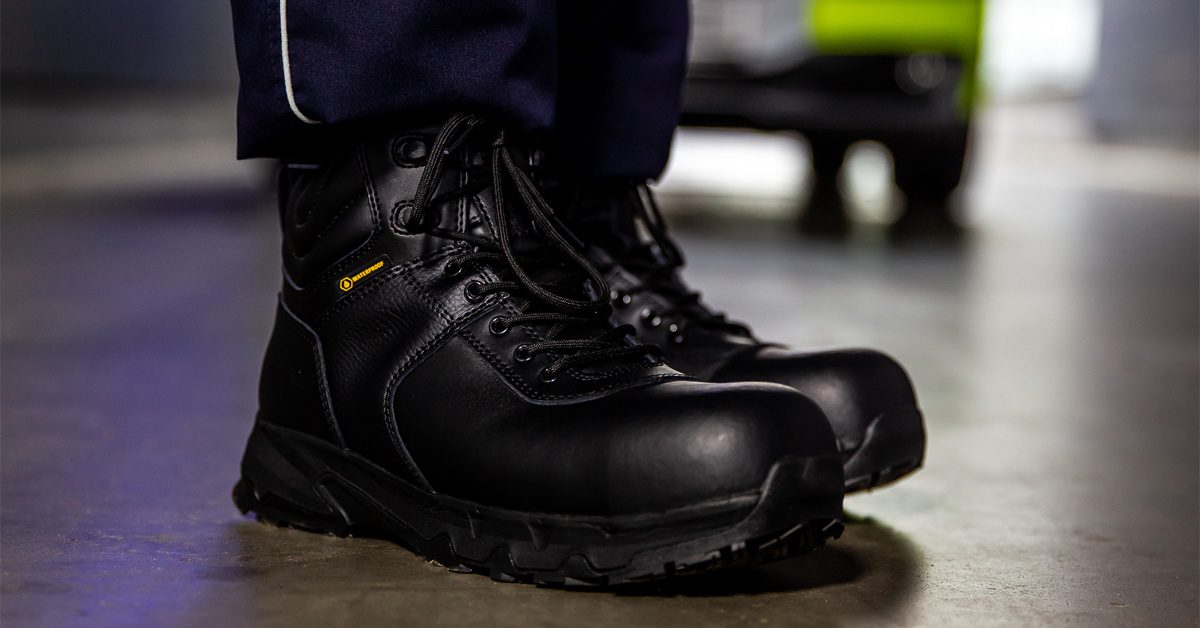Safety boots are designed with the specific purpose of preventing your employees from encountering dangerous surfaces and thereby avoiding injuries. While this type of footwear is designed to be durable, they are not guaranteed to last forever. The HSE recommends having a system in place for checking and replacing their footwear before it becomes too worn. It is essential that you, the employer, know how often safety boots should be replaced.
It is imperative that you regularly inspect your team’s footwear and replace it when necessary to ensure optimal safety and protection. Read on to learn about the common signs of wear and tear, how to care for safety boots and when employers should replace them.
6 Common signs of safety boot wear and tear
The wear and tear on work boots used daily in heavy-duty environments such as construction, manufacturing and facilities is likely to be greater than on boots worn by workers in less high-impact industries. The lifespan of safety boots will last depend on usage, frequency and the specific working conditions they are exposed to. Let us look at the most common signs of wear and tear that all safety boots encounter at some point.
1. Separated uppers
Safety boot uppers can become worn out or even damaged from extensive use, which can compromise their protective abilities. Common indications of wear include the appearance of separated uppers, holes and openings along the boots’ edges.
2. Loss of traction
The combination of a safety boot’s tread pattern and sole composition are both key factors for slip resistance. A closely packed tread pattern is optimal for use in indoor environments, particularly when encountering liquids and chemical substances. Alternatively, a more open pattern is better suited for outdoor use and for dealing with more solid contaminants. As cleats wear down over time, the slip-resistance can be compromised, and the safety boots must be tested and replaced if they are deemed unfit for continued wear.





